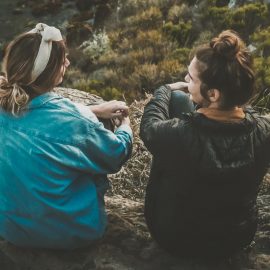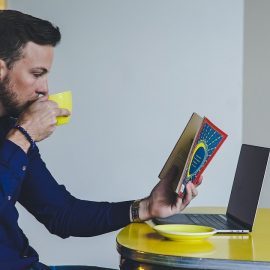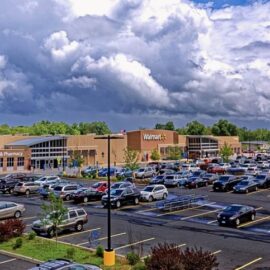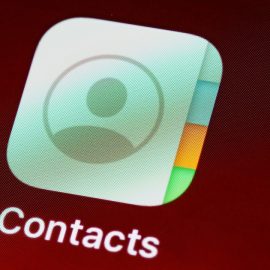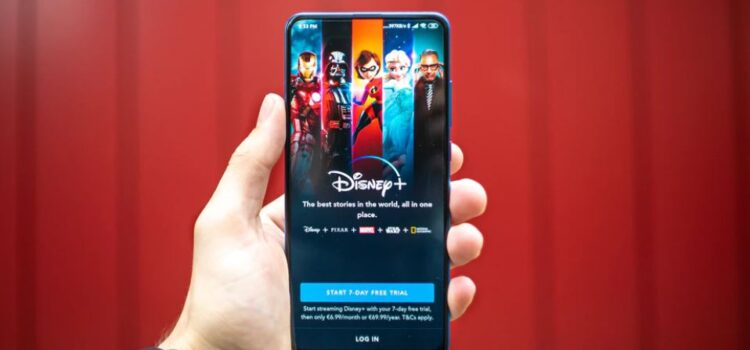
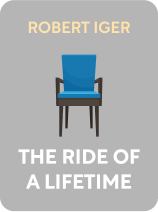
This article is an excerpt from the Shortform book guide to "The Ride of a Lifetime" by Bob Iger. Shortform has the world's best summaries and analyses of books you should be reading.
Like this article? Sign up for a free trial here .
Why did Disney decide to stop licensing its properties to other streaming services? How did the creation of the Disney+ streaming service change the company?
In a market where streaming services were on the rise, Disney had two choices. It could continue to sell its licenses to other companies like Netflix and Apple, or it could become independent. Disney decided it needed to control its own distribution and thus, the Disney+ streaming service was born.
Keep reading to learn about the development process of the Disney+ streaming service.
The Rise of Streaming
By 2016, Disney’s three big acquisitions (Pixar, Marvel and Lucasfilm) were well underway and all looked like home runs. But this still didn’t feel like enough. Even though Disney had grown considerably, the technology and media landscape had changed even further. The massive technology companies of the day—Google, Apple, Amazon, Facebook, Netflix—commanded the attention of billions of consumers. All these companies were also investing heavily in creating their own content.
In this climate, Disney had two choices. First, it could simply continue business as usual—it could continue distributing films through movie theaters and shows through TV, and it could license its content to distributors like Netflix and Apple. However, Disney risked being made a commodity content producer, just one option among thousands. The tech behemoths would continue to gain power and consumer loyalty, and eventually Disney might have no choice but to be on these networks, meaning it’d lose all its negotiating leverage and lose its direct connection to consumers.
The other option was for Disney to control its own distribution to consumers, with no middlemen. This would require developing their own technology platform and severing ties with distributors like Netflix. It would also mean disrupting their own existing businesses in the short-term and losing many millions in revenue. But if they did it right, Disney could control its long-term destiny.
Building the Disney+ Streaming Service
Disney CEO Bob Iger thus started to look at companies that could plausibly serve as their technology platform, including Snapchat, Spotify, and Twitter (giants like Google and Amazon were obviously too big for Disney to have a chance at acquiring, and none expressed interest in acquiring Disney). They settled on Twitter, and negotiations reached a near-complete deal. But one weekend, Iger got cold feet. The political and social tensions of Twitter—its reputation for polarized speech, fake news, and general toxicity in its members—would be too much for Disney to handle. Iger called off the deal and apologized to Twitter’s CEO, Jack Dorsey.
Around the same time, they had looked into BAMTech, a company primarily owned by Major League Baseball. The company had developed streaming services for both MLB and for HBO, and they could do something similar for Disney. Disney thus bought 33% of the company in August 2016 for $1 billion and started making a subscription service for ESPN. Soon, the vision expanded to creating the Disney + streaming service.
At the following year’s annual board retreat, Iger presented the progress to date and the challenge of disruption. He then shared a more aggressive plan to buy a majority stake in BAMTech, then use that to launch what would become the Disney + streaming service and ESPN+ within the next two years. Far from being skeptical, the board gave full-throated approval—a few newer board members from Nike and General Motors were acutely aware of the threat of disruption and the need to move quickly. Disney announced its strategy to the public in August 2017, and their stock jumped, an indication of support from investors for Disney’s fight for its future.
Big Changes
Disney was now poised to serve its content directly to its consumers, with no intermediaries. As a result of the public announcement and the stock market’s positive response, Disney was galvanized to execute the plan.
Such a fundamental change, though, meant big adjustments in the short-term. For one, Disney cut ties with Netflix for its shows and movies, which meant a short-term loss of hundreds of millions of dollars in licensing fees.
Another change was the murky compensation structure for developing new content for the Disney + streaming service. Traditionally, content creators would be rewarded directly on the success of their own projects—the more profits they earned, as in box-office gross sales, the more they were paid. However, the bottom-line profit in streaming services couldn’t be clearly measured, since consumers weren’t paying for individual titles. To resolve this, Iger proposed a compensation model through stock grants, based on Iger’s subjective assessment of how much the executives were contributing to the streaming project, and how well they were working together. It was unusual, but it was a necessary part of Disney’s disrupting their own business.
Today, the Disney+ streaming service has blown up and in just 16 months since its inception, it has over 100 million subscribers.

———End of Preview———
Like what you just read? Read the rest of the world's best book summary and analysis of Bob Iger's "The Ride of a Lifetime" at Shortform .
Here's what you'll find in our full The Ride of a Lifetime summary :
- How Bob Iger went from television crew member to CEO of Disney
- The 10 major principles behind Iger's management style and success
- How Iger resuscitated Disney Animation by buying Pixar


